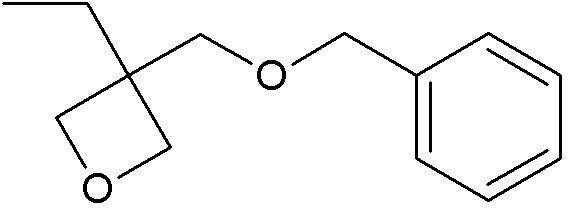Cationic curing: shining a light on the technology
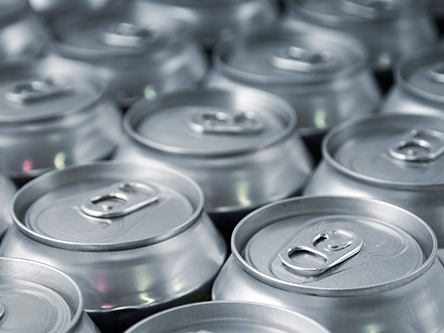
Cationic curing, a polymerization process initiated by cationic photoinitiators enables the development of strong, heat-resistant materials with low shrinkage and high resistance to environmental factors.
Technology basics
Cationic curing is a photoinitiated, acid catalyzed ring opening polymerization of epoxy resins using onium salts.
Upon exposure to UV light energy and in the presence of a hydrogen donor (typically the resin components of a formulation) cationic photoinitiators produce a long lived acidic species. This species ring opens an epoxy group to form a carbocation which goes on to react with other epoxy groups producing a crosslinked network.
The principle is similar to free radical polymerization: with initiation, propagation and chain transfer steps.
However, only the initiation phase is dependent on the use of a UV light source. All other stages of the polymerization reaction are thermally driven. The acid generated remains active after the removal of UV light energy until it is consumed and the entire film is cured. This is known as dark cure.
Formulations typically consist of 3 materials:
- Photoinitiator onium salts, available under the SpeedCure name.
- Cycloaliphatic epoxide resins, available under the UviCure name.
- Oxetane resins, available under the UviCure name.
Polymerization steps:
1. Initiation – Photoinduced reaction
On exposure to UV light energy onium salt photoinitiators produce a strong Brønsted acid which goes on to propagate the polymerization reaction.

2. Propagation - Thermally driven reaction
The strong acid ring opens an epoxy and/or oxetane

Benefits of cationic curing:
-
Very low shrinkage
-
No oxygen inhibition
-
Excellent adhesion
-
Improved coating properties
-
Dark cure reaction gives high conversion
Find the cationic offering in your region
Learn more about Sartomer® cationic offering
Cationic photoinitiators
Cationic photoinitiators are materials that release positive ions when exposed to light. These photoinitiators can be used in UV-curing applications, where they initiate a polymerization reaction when exposed to UV light. This reaction causes the material to harden and solidify, making it useful for applications such as coatings, adhesives, and 3D printing.
| Name | CAS number | Properties |
|---|---|---|
SpeedCure 937 |
71786-70-4 & 68609-97-2 |
|
SpeedCure 938 |
61358-25-6 |
|
|
SpeedCure 939 |
178233-72-2 |
|
| Name | CAS number | Properties |
|---|---|---|
SpeedCure 976 |
89452-37-9 & 108-32-7 |
|
SpeedCure 992 |
74227-35-3 & 108-32-7 |
|
Cationic resins
Cationic resins have positively charged groups, or cations, along its backbone. Cycloaliphatic epoxy resins are key components of epoxy coatings, valued for their high adhesion, low shrinkage, and chemical resistance. Specialist oxetane resins are used in conjunction with
cycloaliphatic epoxy resins to improve speed of cure, viscosity control,
hardness, and adhesion to difficult substrates.
|
Name |
Structure |
Properties |
|||||||||||||||||||
UVICURE S105 |
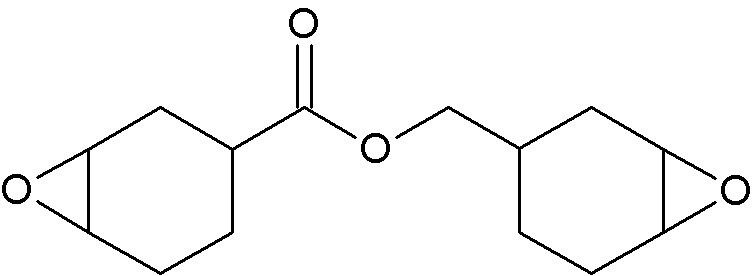 |
|
|||||||||||||||||||
UVICURE 128 |
|
|
|||||||||||||||||||
Name |
Structure |
Properties |
|---|---|---|
UVICURE S130 |
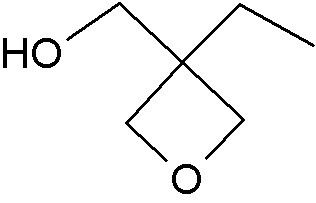 |
|
UVICURE140 |
|
|
Name |
Structure |
Properties |
|||||||||||||||||||
UVICURE S150 |
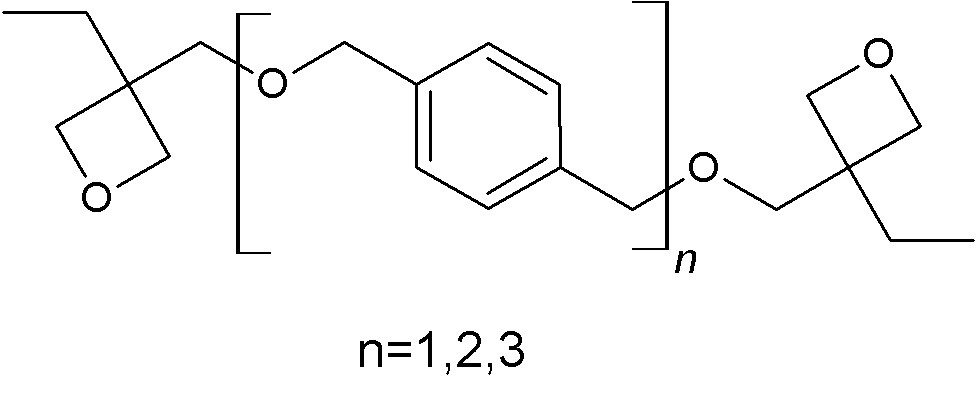 |
|
|||||||||||||||||||
UVICURE S160 |
 |
|
|||||||||||||||||||
UVICURE S170 |
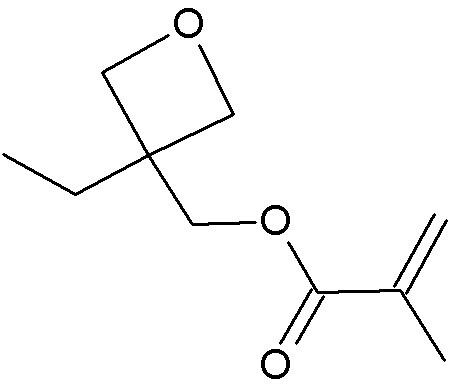 |
|
|||||||||||||||||||
Have questions about cationic curing?
Our dedicated team of experts is knowledgeable on a variety of end-use applications and are ready to work with you on custom solutions for your specific challenges.
- State-of-the-art testing facilities
- Ability to service small to large packaging requirements
- Global manufacturing and supply
- Large portfolio of products and technologies


